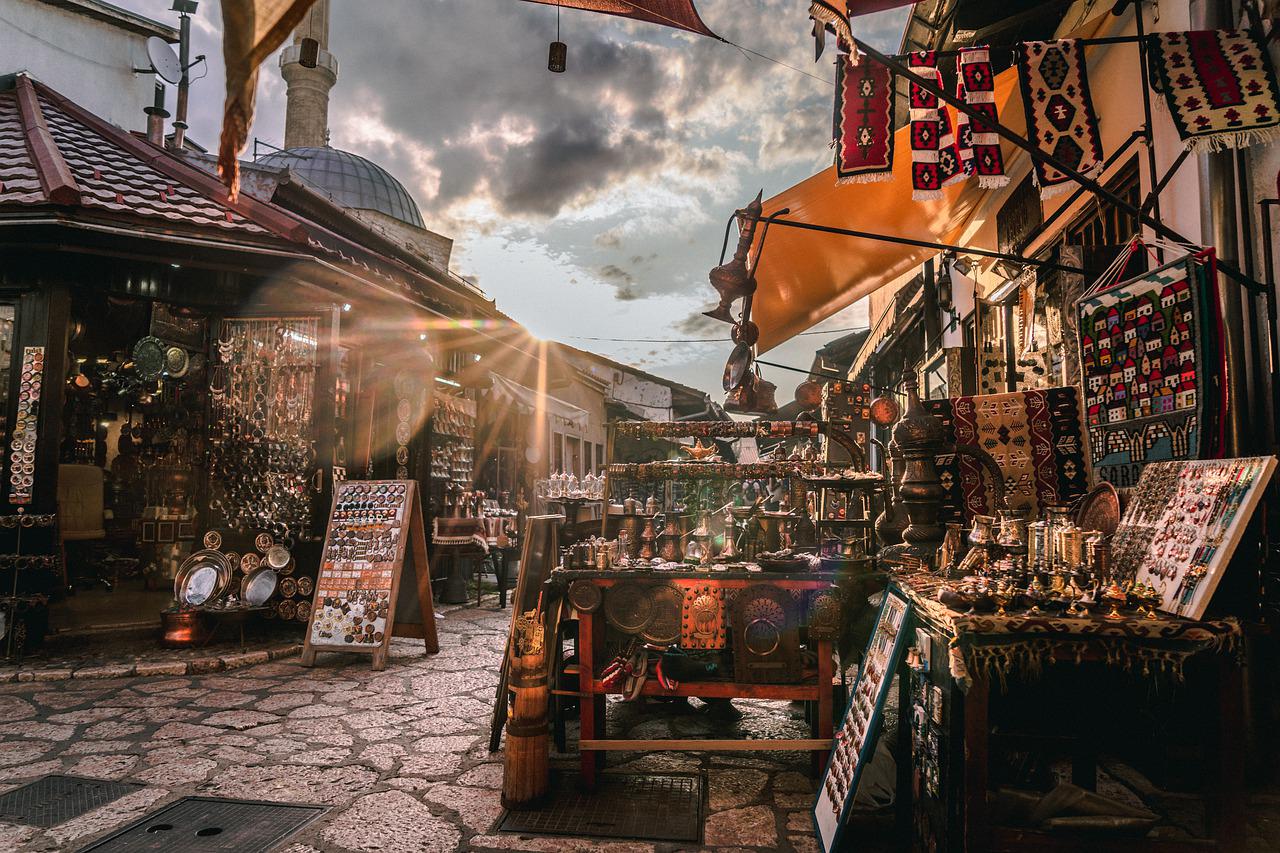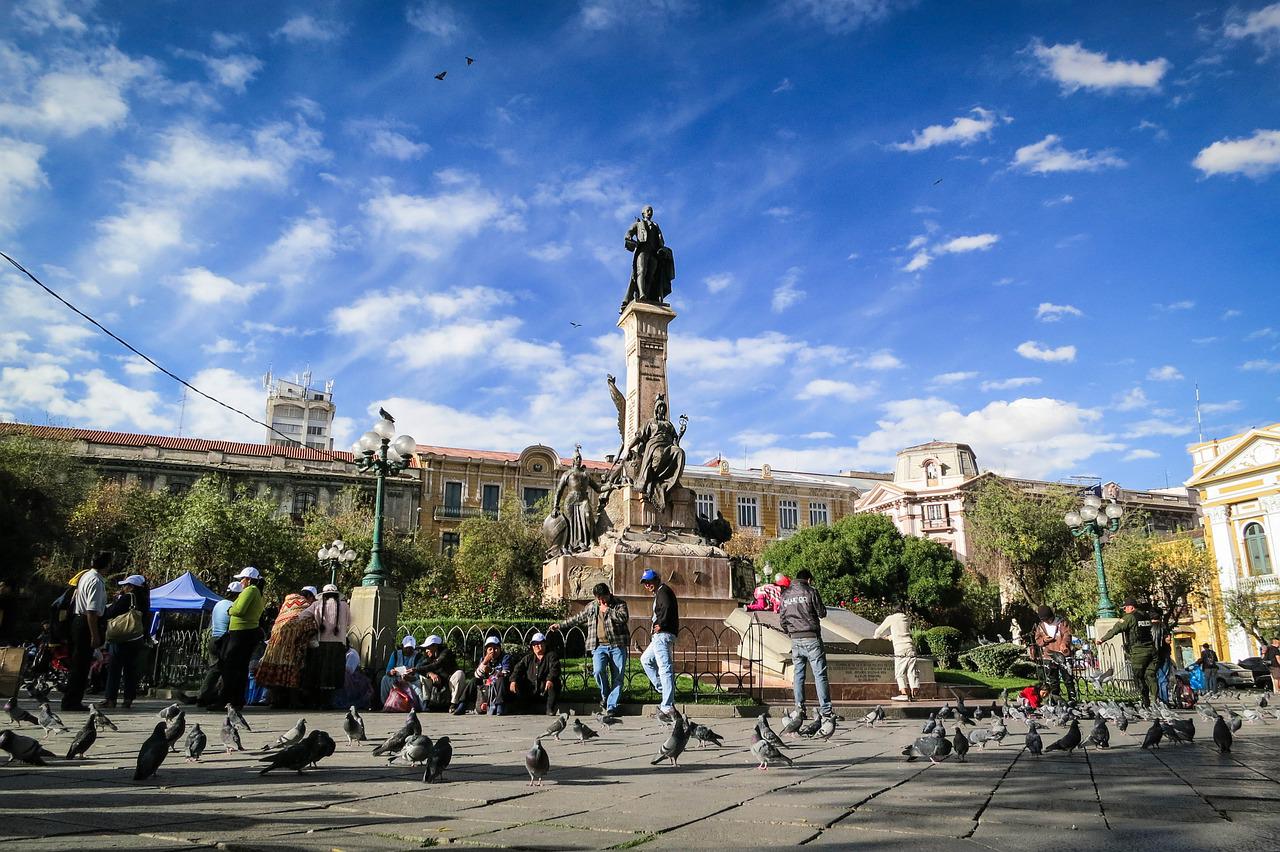The Real Canada
All of Canada but in this case, the Canadian city of Vancouver holds very special memories for me. It was back in 1986 when I attended the Christmas party of the little domestic airline, Air UK and I won the raffle. It’s the only time even to this day that I have ever won a raffle – two tickets anywhere in the world on the Canadian Pacific Airlines network was quite a prize back in those days.
Six months later I and a friend headed off to Hawaii for a two-week lads tour of America’s 50th state however en route we stopped off for a couple of days in Vancouver. I always remember wandering around this stunning city all the time thinking how “Canadian” it was….. funny that, given we were in Canada. I recall the little water taxis, the cool hip bars, Granville Island, the friendly people, and maple syrup.
Thirty years later but with a fading memory of that amazing holiday I am still telling people how much I loved Vancouver and to this day I have always promised myself I would return – the lure of the nature and mountains of British Colombia is strong and I have always wanted to hire a motor home and travel about and to experience the famous Rocky Mountaineer.
Someone who has been more recently to this part of North America than me is Caroline Joyner from the Travel Counsellors. Here she shares her fabulous experiences as a guest of Tourism Vancouver.
Tourism Vancouver
Last year I was lucky enough to visit Canada as a guest of Tourism Vancouver. We packed in so many incredible sights, experiences, hotels and food it is hard to narrow them down but here are some of my top picks.
Vancouver rates as one of the world’s top cities on just about every count. A vibrant, cosmopolitan metropolis with diverse and distinct neighbourhoods, it is framed by spectacular scenery. Mountains, forests and blue sparkling waters characterise a stay in Vancouver not to mention the incredible wildlife opportunities. The city is also foodie heaven – from food trucks to gourmet restaurants with every possible cuisine showcased.
Here are a few reasons to put Vancouver on your bucket list!
Stanley Park
A quintessential city sanctuary, Stanley Park offers a window to some of Vancouver’s best scenery where the mountains meet the ocean and is backed by a perfect cityscape. A mere 5-minute cycle into the park and you can also be deep in the temperate rainforest which fills its interior, lush evergreen forest with 150,000 trees a lake and lots of wildlife. There are 27km of trails around the park as well as an open-air swimming pool, beaches, restaurants, outdoor theatre, gardens, lakes, horse and cart rides and a miniature train.
The Vancouver totem poles which give a great introduction to Canada’s First Nations culture should also be on your agenda. Cycling around the sea wall with a guide brought the city and its history to life for me.
Flyover Canada
Right next to the cruise ship terminal, this flight simulator 4D experience is not something I would have put at the top of my list but it is impressive. After strapping yourself into to airline-style seats, you are suspended before a 20-metre spherical screen. You then fly, feet dangling, over Canada’s most awe-inspiring scenery and experiences.
Watch the Rocky mountaineer snake its way through the mountains, and fly over snow-capped peaks, the prairies, rainforests, dazzling cityscapes, and coastlines. A collective “gasp” can be heard from the passengers as we fly over the edge of a cliff, all instinctively pulling our legs in and then we even feel the sea spray on our faces. This was no ordinary flight simulator.
Gastown Foodie Tours
I freely admit to being no foodie, but the food in Vancouver is something to behold. Named by Conde Nast as one of the world’s top food cities, beyond the vast array of cafes and restaurants on offer there is a sort of food appreciation vibe to the streets. Speak to any local and they will gush about their favourite eating haunts. Vancouver is a huge fusion of cultures and thus it seems like almost every type of food on the planet is here in some form – from food trucks to high-end fine dining and everything in between.
Gastown is Vancouver’s most historic neighbourhood as well as housing its most trendy dining spots. At the centre of its cobbled streets and Victorian architecture lies the famous steam clock which whistles every 15 minutes amusing the crowd which gathers there.
A foodie tour of Gastown involves a wander with a local guide who brings the area’s history to life. Rejuvenated derelict buildings have been converted to trendy dwellings, at the same time there are some innovative homeless projects and social housing.
After dark, the lamp-lit streets take on a slightly edgier but vibrant feel. You then get to sample several restaurants, having a course in each. Don’t miss the typical Canadian foods such as Poutine (chips, cheese and gravy type mix) and Vancouver specialities such as Japanese hot dogs, sushi rolls and dim sum.
Grouse Mountain
Just a 20-minute drive from the city lies the leafy suburb of North Vancouver, where tall trees tower over every house and lakes & mountains are in every vista. Grouse Mountain, the tallest peak in the area, is home to a veritable mountaintop playground in both summer and winter months. We ascend on the Skyride Gondola to 1250m and survey the incredible views. A low mist hangs over the miles of forest stretching as far as the eye can see and the city skyline and harbour sparkles in the distance.
However there is a lot more than views at the top of this peak, hike the Grouse Grind trail or take a casual walk around the top, visit the wildlife refuge and meet the rescued bears, watch the lumberjack show, ogle the views from Observatory restaurant, take the chair lift to the peak, fly above the trees on the mountain zip lines or take in a show at the Theatre in the Sky. In winter you can ski, snowshoe snowboard, ice skate and sledge and there is also a winter lights trail.
Grouse Mountain’s resident bears Grinder and Coola are 2 orphaned grizzly bears, rescued as cubs and now living life to the full in their 5.5-acre habitat. Breakfast with the Bears involves having your breakfast in a Yurt with a viewing platform looking right over the bears stomping ground and hearing all about their history, life and different personalities whilst you watch their morning feed.
Top Tip: Get up to the top before the crowds with the Breakfast with the Bears experience. There is so much to do at the top so schedule in as much time as you can up there. Take the free shuttle from Canada Place which runs between downtown Capilano- Grouse Mountain during the summer months.
Harbour Seaplane
What better way to see Vancouver’s picturesque harbour than from the air? Bob along the water then soar above the skyline before heading over to Vancouver Island. The tops of the skyscrapers are soon replaced by miles of glistening waters, islands, inlets, forests and deliciously wild beaches.
From above you can appreciate Vancouver and Vancouver Island for its raw beauty. Seaplanes offer scenic flights as well as connecting the main hubs of the area.
Granville Island
Firstly it is not an island, secondly, it is not just for tourists as people often assume. Back in the 1900s, Granville Island was home to factories and sawmills but after regeneration, it’s now a food lovers paradise, with a famous covered market packed with fresh local produce, baked goods, local artisan crafts and a food court. Vancouver’s foodie locals shop here and it’s also now one of the important cultural districts with theatres, art galleries, and workshops. It is located south of the city in False Creek, an inlet, and as such there are also some great watersports opportunities here such as Sea Vancouver which offers the opportunity of whizzing through the Burrard inlet at 55mph in one of their jet boats.
You can reach Granville via bus, car/bike or via the cute little tug ferries (Aqua bus) which run from Yaletown every few minutes.
Top Tip: The False Creek ferry has lots of interesting stops up and down the inlet and is worth a trip in itself for the great views of downtown and the harbour.
Gourmet Cooking Class
Granville is home to some of Vancouver’s top dining spots such as Edible Canada, the Sandbar Seafood Restaurant and the Blue Hat Bistro where you can do a gourmet cooking class run by the Pacific Institute of Culinary Arts (PICA). As I said, I am no foodie, and in particular not a fan of seafood at all so it was a somewhat difficult moment for me when we arrived at PICA and discovered that we would be making Moules Mariniere!
The PICA kitchens are specially set up to enable each pair to have a workstation and with some excellent demonstrations, I am proud to report I did succeed in my cookery endeavour. The bonus is that you get to eat what you have made in the beautiful setting of the Red Hat Bistro next door.
Capilano Suspension Bridge Park
Not far from Grouse Mountain is perhaps Vancouver’s most popular and infamous attraction, the Capilano Suspension Bridge. The original 1880s bridge that crosses the Capilano River was made of hemp rope and cedar planks, today’s 450ft bridge is suspended using steel cables strong enough to hand a 747 on, and its dramatic canyon views are not for the faint-hearted.
The bridge is now the centrepiece of a kind of outdoor amusement park. Walk the Cliffwalk, a 300ft walkway attached to the cliffs of the canyon and suspended above the river, or take the Treetops trail for a birds-eye view of the rainforest. The Capilano park is 20 minutes from the city and can be reached by car or a free shuttle from downtown.
Top Tip: Being one of Vancouver’s most popular attractions the bridge gets crowded, head there for the opening time to get the most out of your visit.
Not Forgetting
Vancouver has 9 beaches, the best being Kitsilano and the most convenient being English Harbour.
The Vancouver Lookout is an observation deck to get your bearings in the city.
The Vancouver Aquarium is one of the best I have been to. It is focused on sustainability and conservation and is at the forefront of plastics research.
Vancouver has many great museums, including the highly regarded Museum of Anthropology.
Vancouver Island warrants another article in itself – pristine wilderness and beaches, historical Victoria harbour, world-famous Butchart Gardens, too cool surf town Tofino, whale watching and black bear spotting. Head to one of the more rural lodges to have the best chance of seeing Grizzlies – if your wallet allows Knights Inlet Lodge is a great splurge.
Contact Information
With thanks to Caroline Joyner from the Travel Counsellors for this blog. If you are interested in a holiday to Canada or any part of North America please get in touch with her on the details below.
T: 07801 591350
E: caroline.joyner@travelcounsellors.com















